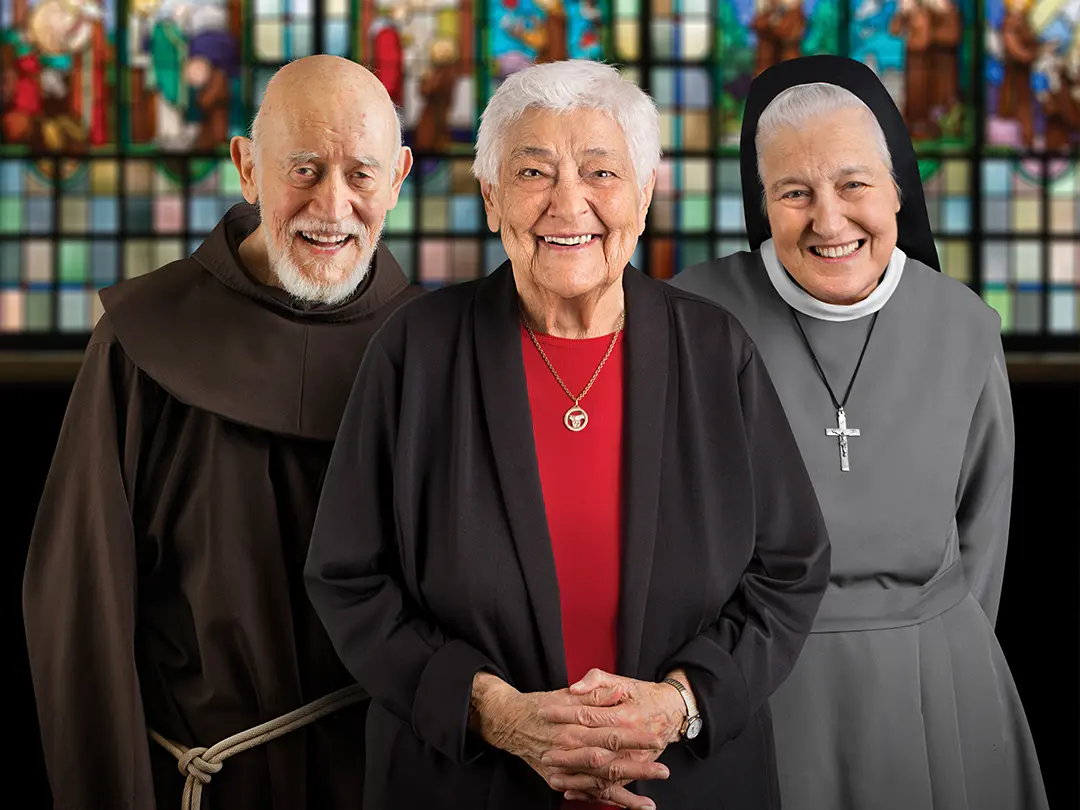
You can help. “Religious are blessed to serve,” says Dominican Father Bertrand Ebben, age 90. “Support a lifetime of service. Women and men religious have spent their lives serving others in prayer, ministry, education and care for those in need—usually for little or no pay. Today, their religious communities do not have enough retirement savings. As they age, they require essential care and medications. Please support them by giving to the Retirement Fund for Religious. Your donation makes a difference for nearly 25,000 senior men and women religious.”
Please contribute at your parish the weekend of December 7 & 8 or send your donation to:
Sr. Kathleen Warren, OSF
Diocese of San Diego
3888 Paducah Drive
San Diego, CA 92117
Or contribute online by clicking here.
Please contribute at your parish the weekend of December 7 & 8 or send your donation to:
Sr. Kathleen Warren, osf
Diocese of San Diego
3888 Paducah Drive
San Diego, CA 92117
